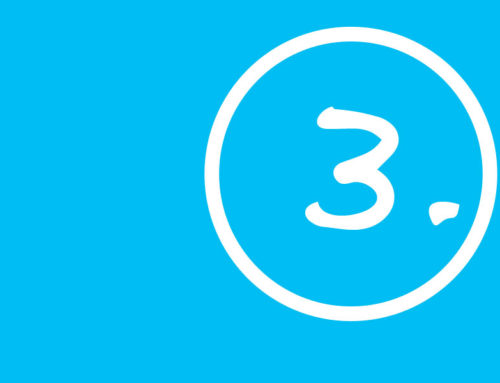You’re ready to launch your first content marketing plan. You’ve lined up your contributors, worked out your blogging calendar and developed a few impactful content pieces for your buyers to download.
There is only one problem. This just might be the most dangerous moment for the success of your campaign if you don’t have clarity on a few key things.
5 Things you need to know before launching your content marketing plan.
1. Exactly how are people searching for your service?
What phrases or keywords are they using to search for the solutions you provide?
We all fall into the trap of using insider terms for the solutions we deliver. What you call it in your industry in many cases may not be what the majority of buyers use to describe the services you offer.
Making your plan better:
Use Google Ads Keyword Planner to help identify terms and phrases that make sense for your campaign. Don’t over-fixate on the keywords list. These are directionally what buyers are searching for. Use the list to help guide, not rule your content.
2. Where does your traffic come from today?
What are your top sources and where are they entering your website?
With the predominance of organic search today, it’s very possible that your home page may not be the first thing your visitor sees. On our own website, 7 of our top 10 entry pages are actually blog posts.
Making your plan better:
Use your web analytics tools to see which traffic sources are the largest drivers for your site and the pages they’re landing on. These are great places to engage your new visitors by including calls to action that lead your new downloadable content.
3. Do you know your bounce rate and your visitor to contact conversion?
Which pages have the best and worst engagement on your site?
Nothing is worse than spending a lot of effort driving more traffic, and then the new visitor bounces out of the site without engaging. Are there pages that have more issues with bounce rates than others? Look at the UX changes that might make sense to better engage the visitor.
What’s a good bounce rate? Depends on the type of site it is and the type of page it is within the site. As a broad guideline, QuickSprout put together a great benchmark on average bounce rates earlier this year.
Benchmark Averages for Bounce Rates
- Content Websites: 40-60%
- Lead Generation: 30-50%
- Blogs: 70-98%
- Retail Sites: 20-40%
- Service Sites: 10-30%
- Landing Pages: 70-90%
Source: QuickSprout
Making your plan better:
If you have some pages that could use improvement, start with a few quick fixes before you think about a complete rebuild.
- Simplify the copy with clear headlines and bullets
- Break up long copy blocks and give more white space to key messages
- Add calls to action that lead visitors to a next step, download or sign-up opportunity
4. What is your conversion path?
What do you want them to do and what are they really doing on your site?
It’s important to be clear about your goal for a new visitor to your site. It might be for them to sign up for a newsletter, download a content piece, or ask for a demo. Whatever your goal, look at which path through your site will help them reach this goal and how you can eliminate distractions that will lead them away from the goal.
Making your plan better:
If part of your content marketing plan includes an active blogging calendar, be sure it also includes an equally active call to action plan to downloadable content like checklists, eBooks or guides that your buyer will want to download. Remember, traffic alone is not enough for a successful plan.
5. What are your campaign goals?
Knowing the difference between measuring outcomes and vanity numbers.
The biggest challenges with any content marketing plan isn’t the lack of data; it’s paying attention to the wrong data. If you’re working on a social media campaign to increase leads, the number of referral visits to your site matters. How many likes/follows you receive are nice; they probably aren’t as important. Now if you are undertaking a different social campaign to build a community that can then further spread your influence and reach, then likes/follows do very much matter. It all depends on what outcome you are looking to drive.
Making your plan better:
Start with the end in mind. What is the ultimate goal of your campaign? Now work your way back through each step that will help you reach this goal. For a simple example, let’s say your goal is to increase the number of qualified leads you generate through the site. Look at which elements can help you reach this goal.
 To increase leads you can
To increase leads you can
- Increase traffic
- Improve conversion on the site
- Some combination of the two
These are the key metrics to track. How many page views you see on the site may influence but isn’t likely to be key indicator of success. Eliminate all but the most important metrics and focus on the ones that will drive success.
When beginning a new content marketing plan, the best approach is clarity on what’s happening now and what you want to happen. Then, it is much easier to adjust and improve your plan before you launch.





